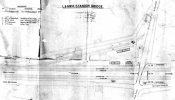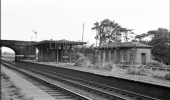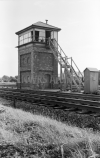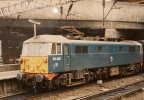Yorkshire Dave
Western Thunderer
The class 312 sets continued to provide the 07:32 and 08:02 departures from Hatfield Peverel until 2004. The view from the window was always that bit better than from the low floor stock. Withdrawal came early because of a lack of central door locking.
This class were built for the GN electrification and GE services. They are a direct descendant of the 310 (AM10) built in 1965 for the WCML local and stopping services.
310 (AM10) at Berkhamsted 1997-80. The third centre dot was added to the headcode box to denote the first class end.
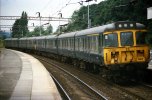
And one in blue/grey (with a full blue unit behind) at Northchurch Tunnels 1980-82.
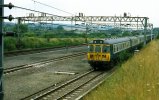
As I recall these were gangwayed within coach pairs but not between the guards compartment i.e. between the first two and last two coaches.
Last edited:

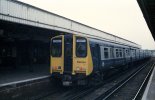
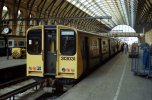
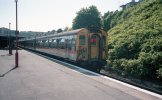

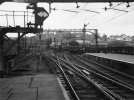
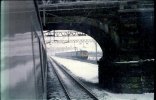
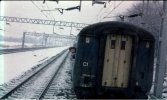
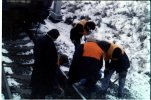
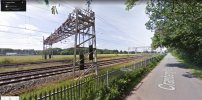
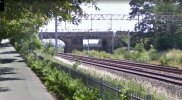

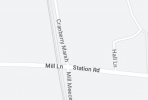
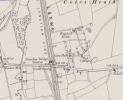
 As I said I spent some time in the area and your photos just had that tingly feel I'd been there before.
As I said I spent some time in the area and your photos just had that tingly feel I'd been there before.